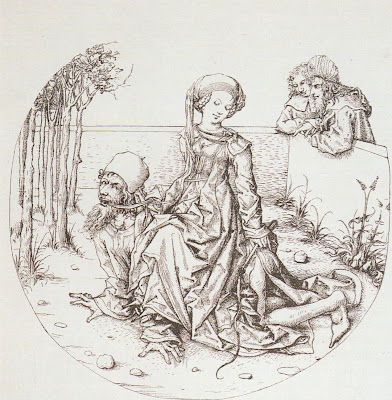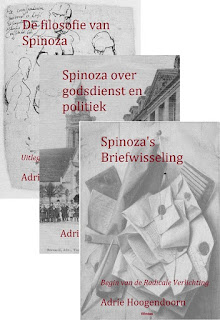Reason is the slave of the passions
De zogenaamde “Meester van het huisboek” was als graveur actief in de jaren 1475-1490. Hij maakte onder meer deze kopergravure die getiteld is  Aristoteles en Phyllis
Aristoteles en Phyllis
en die later de uitleg kreeg: of de zinnelijkheid beteugelt de wijsheid.
De filosofen lijken het nogal eens, behalve wellicht in de aanpak.
Over het bekende gezegde van Hume heeft A. T. Nuyen het volgende te zeggen (David Hume on Reason, Passions and Morals. In: Hume Studies Volume X, Number 1 (April, 1984) 26 – 45):
“When Hume says that reason is the slave of passions, he does not say thereby that reason is unimportant. He is saying merely that reason alone does not move one to act. The force that propels one to action is the passion, whether it be love, or anger, or pride, or envy, or fear, or desire. Reason alone does not provide the motive . However, it is reason that does the groundwork [zie de gravure], analyzing facts, perceiving relations, and drawing conclusions, all of which go to determine which action to perform, but the action will not be performed unless one of the passions is also present. Just because reason is the slave does not indicate that its work is not relevant.”Dit is bijna Spinoza. Die wees erop dat als het najagen van ware kennis zelf een passie werd en almaar sterker werd nagestreefd, de andere passies minder de overhand zouden krijgen.
Hoe we ons dan het andere plaatje van de situatie met Aristoteles en Phyllis moeten voorstellen vergt een nieuwe kunstenaar.
In ieder geval niet Aristoteles rijdend op Phyllis…
Overigens had Hume er nog bij geschreven: "reason is, and ought only to be a slave of the passions and can never pretend to any other office than to serve and obey them."
David Hume (1740) A Treatise on Human Nature, Bk II, Pt III, Sec III

